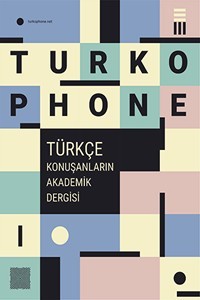Technological tools for interpreters
Technological tools for interpreters
Unlike translators, for whom a number of computer -assisted tools are available, interpreters have not yet benefited from the same level of automation. Their work continues to rely on traditional methods. During my professional experience I have had plenty of opportunities to know and sometimes to use several computers – assisted tools. But regarding the interpreters, they have not yet benefited from the same level of automation. Their work continues to rely on traditional methods. At this point, I agree with author Alexander Drechsel that as his article “Interpreters versus Technology: Reflections on a Difficult Relationship: Parts 1 and 2” points out that the interpreting industry has had an uneasy relationship with technology. Despite that, due to the new role of interpreter in the global world and the growing need for highly professionals’ skills in order to provide excellent services in every field like the public sector, medical and legal, there is a growing interest in developing tools addressed at interpreters as end users. I think that we are on the verge of many technological developments that I think and hope will bring more support and innovation to interpreting. Although, the number of these technology tools is still very low and they are not intended to cover all interpreters’ needs. In this paper I’d like to share my researches and knowledges regarding some technological tools and applications available for interpreting training and practice.
Keywords:
termilogy, tools interpreters,
___
- “Technology-assisted interpreting” - by Hernani Costa, Gloria Corpas Pastor & Isabel Durán Muñoz “Distance Interpreting” - by Sabine Braun (INTERNATIONAL LEGAL FORUM, 6.-8. SEPT. 2018 IN BONN) “5 Major Differences Between Interpretation and Translation” - Posted October 11, 2017 by Ashley Medeiros, Lionbridge Marketing (http://content.lionbridge.com) “Tools and Technology for Interpreters” - published by Cris Silva, M.A., CT
- ISSN: 2148-6808
- Başlangıç: 2014
- Yayıncı: Bekir İNCE
